10 Important Chimney and Fireplace Terms Homeowners Should Know
How well do you know your fireplace and chimney? While you may be familiar with some of its more common parts, the ability to identify the inner structure and components are a mystery to most. Since it is essential to understand the chimney and fireplace, we have identified the ten important terms homeowners should know.
Chimney Cap: The chimney cap is a device that covers the exposed flue pipe of a masonry fireplace to help prevent moisture intrusion. Some caps contain a metal mesh screen to prevent small animals and debris from obstructing the flue. Chimney caps that also have a spark arrestor helps keep hot embers off the roof.
Crown: The top of a masonry chimney is a cement surface known as the chimney crown. It surrounds the flue pipe and is sloped to help deflect water and snow away from the chimney.
Flue: The flue is an opening, pipe, or duct in the chimney that expels the smoke and gases from the fire in the fireplace.
Flue Liner: The flue or chimney liner is a covering that protects the masonry from the intense heat and corrosive gases of a burning fire. It contains the heat in the chimney preventing it from transferring to combustible building materials. It also reduces the risk of exposure to carbon monoxide gas inside the living space. The three most common types of liners are clay tile, stainless steel, and cement. Some older homes were built without a liner.
Smoke Chamber: Located just below the flue in the middle of the chimney is the smoke chamber. The smoke and gases are compressed in this passageway, facilitating its rise out of the vent.
Smoke Shelf: The smoke shelf sits at the bottom of the smoke chamber just above the damper. The shelf protrudes slightly upward to prevent the rising gases from coming back into the fireplace or living space.
Throat: The throat is a narrow opening above the firebox. The smoke and gases from the fireplace enter here then pass through the smoke chamber to be expelled out the flue. A metal damper seals the firebox when shut.
Firebrick: The masonry walls inside the firebox are constructed with refractory brick and mortar due to its proximity to the fireplace. It is different than the bricks used in the remainder of the chimney. The refractory materials can withstand temperatures of up to 1,800F.
Firebox: The firebox is the main area inside the fireplace where the fire burns.
Ash Dump: The ash dump is a compartment under the firebox. The burnt ash particles are swept into the dump via a trap door. The chimney sweep will remove the ash during cleaning for disposal.
The post 10 Important Chimney and Fireplace Terms Homeowners Should Know appeared first on Fluesbrothers Chimney Service.
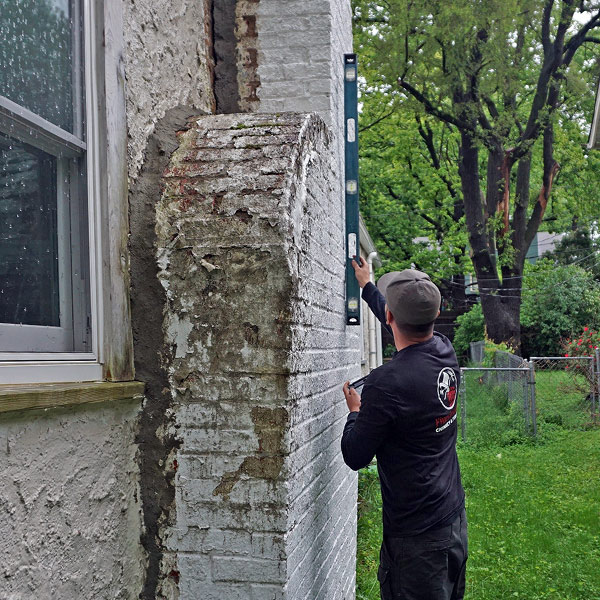 Whether the seller or you as the buyer arranges it, the chimney must be inspected. In fact, in most jurisdictions, it is the law. The inspection should be done by a CSIA-certified (Chimney Safety Institute of America) technician, not a common home inspector.
Whether the seller or you as the buyer arranges it, the chimney must be inspected. In fact, in most jurisdictions, it is the law. The inspection should be done by a CSIA-certified (Chimney Safety Institute of America) technician, not a common home inspector.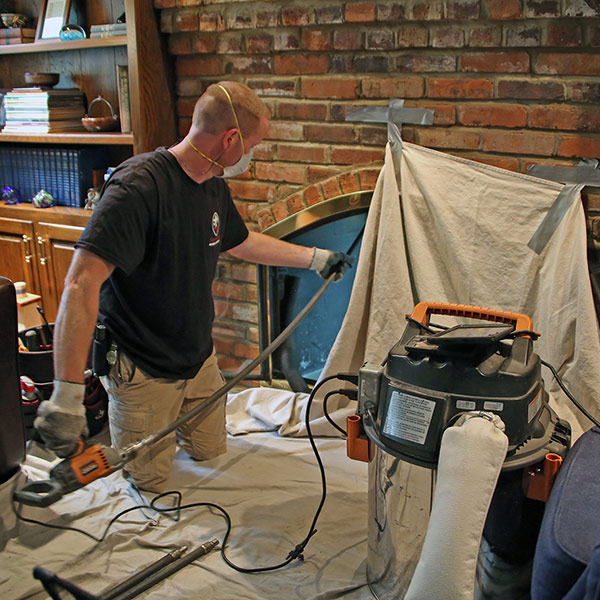 A poorly drafting chimney can make fires hard to start and maintain. It also can send smoke back into the house. Carbon monoxide, which is present in varying amounts in combustion smoke, can be fatal to humans and pets. Certified chimney sweeps have the tools and equipment to clean your chimney thoroughly and prevent excess creosote and air-flow problems.
A poorly drafting chimney can make fires hard to start and maintain. It also can send smoke back into the house. Carbon monoxide, which is present in varying amounts in combustion smoke, can be fatal to humans and pets. Certified chimney sweeps have the tools and equipment to clean your chimney thoroughly and prevent excess creosote and air-flow problems. Placement
Placement The purpose of a chimney, of course, is to accommodate combustion fumes as they rise up and out of the home. If the chimney is the wrong height, however, the draft can be negatively affected. The chimney top clearance formula is simple. The chimney peak should extend 2 feet higher than anything within 10 horizontal feet.
The purpose of a chimney, of course, is to accommodate combustion fumes as they rise up and out of the home. If the chimney is the wrong height, however, the draft can be negatively affected. The chimney top clearance formula is simple. The chimney peak should extend 2 feet higher than anything within 10 horizontal feet.
 ASH DUMP
ASH DUMP CHIMNEY CROWN
CHIMNEY CROWN FLUE
FLUE Creosote
Creosote Masonry damage
Masonry damage

 First thing to know: smoke = creosote
First thing to know: smoke = creosote Never burn anything except actual firewood in your fireplace
Never burn anything except actual firewood in your fireplace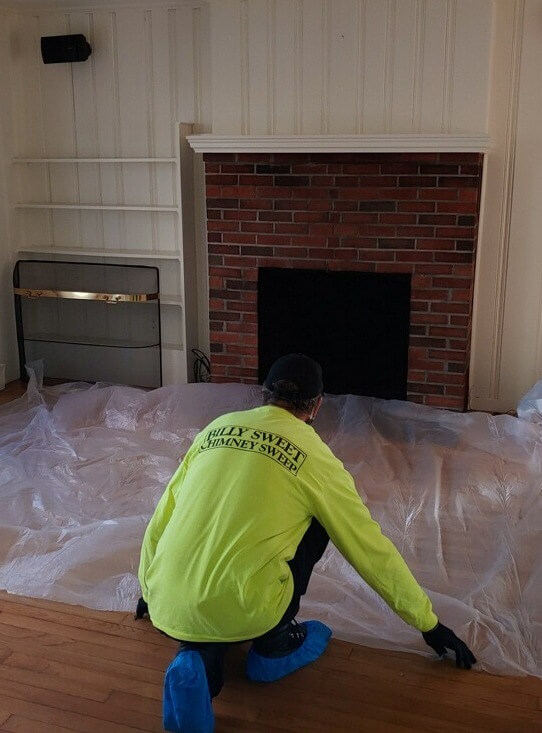
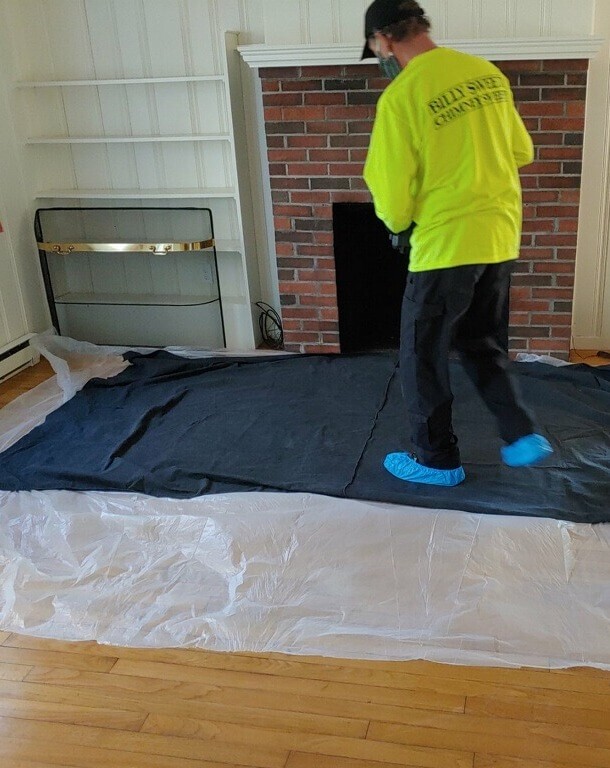
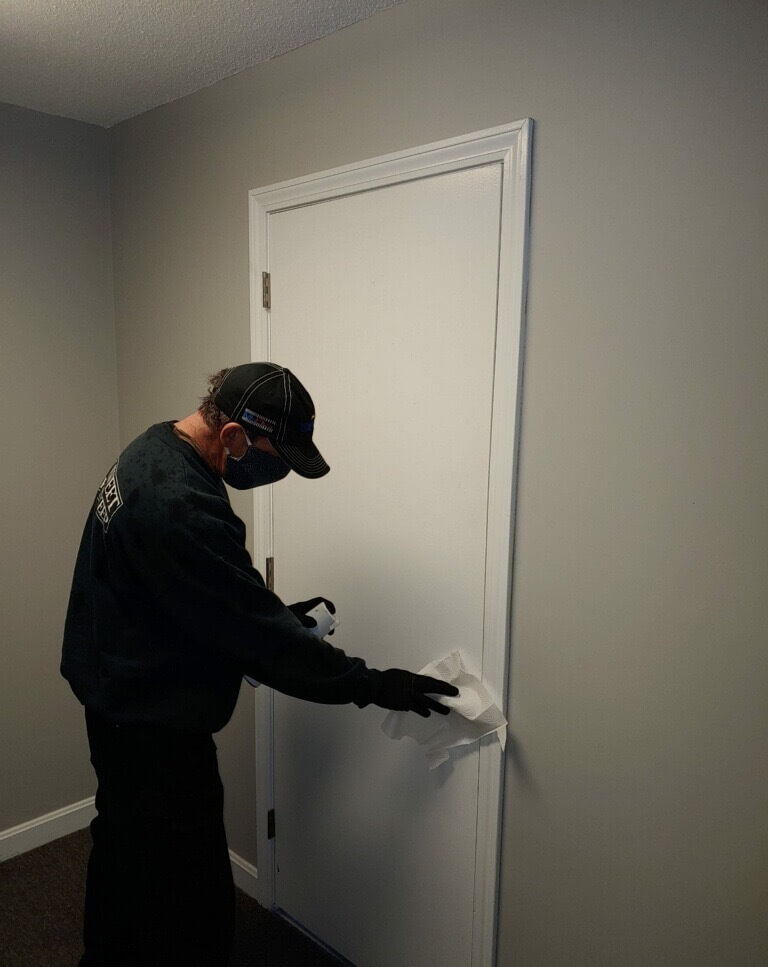
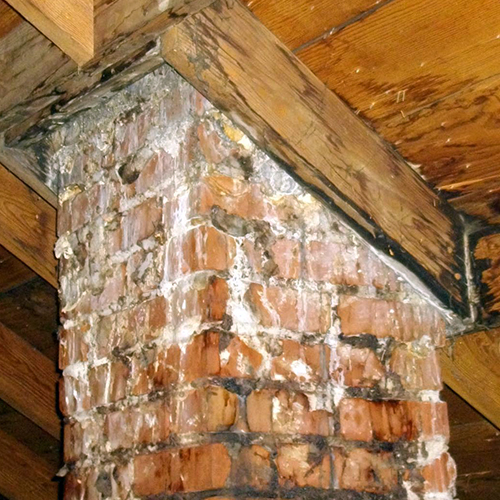
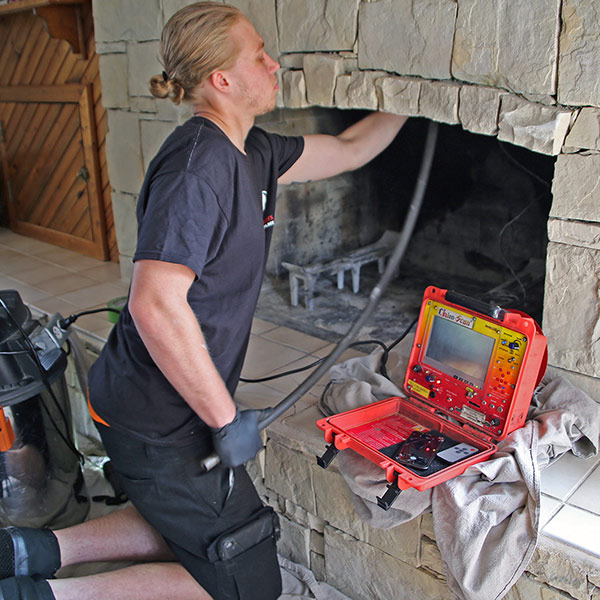 Has it been more than a year since your last chimney sweep visit?
Has it been more than a year since your last chimney sweep visit?